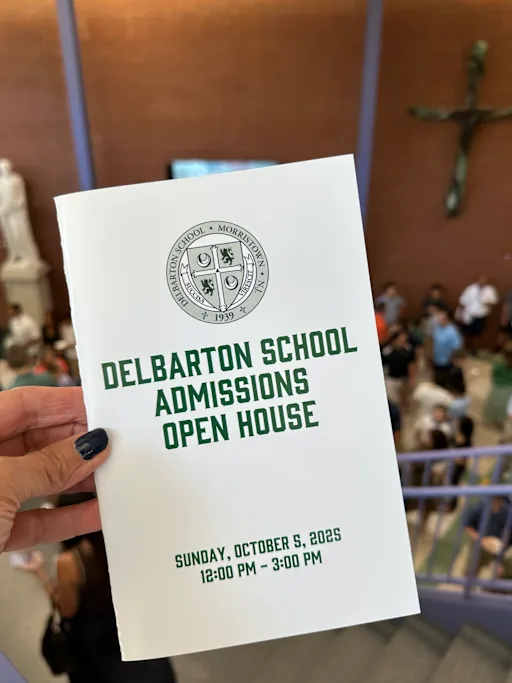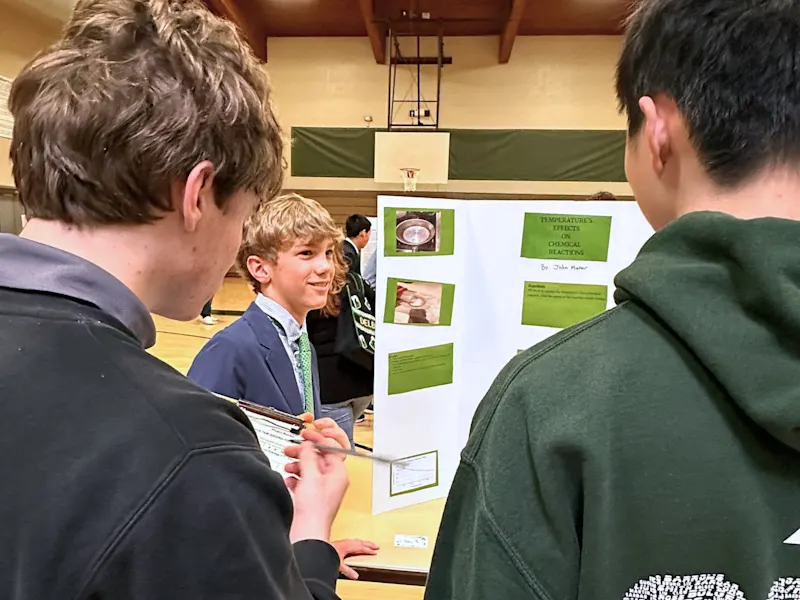Recently, developments in the field of technology have rocked the world. Specifically, the use of Artificial Intelligence has spiked with popular programs like ChatGPT being used by people all over the world and earning companies like OpenAI and Nvidia top spots in market earnings. AI in itself is certainly not a bad invention; it has various applications that can benefit a person’s everyday life. Recently, Grammarly has implemented an AI tool to help check for correct grammar. Websites geared toward students such as Quizlet have added AI chatbots to prepare practice questions and help students understand the content.
However, AI is also extremely easy to misuse. The abuse of AI by students to draft essays for them and complete their assignments has resulted in a rise in popularity of AI-detection services like GPTZero being implemented in plagiarism checkers like Turnitin. As a result, other apps have arisen that reword AI-written work to reduce the probability of it being flagged as AI-generated.
Within academia, AI has begun to develop as a major issue as well. Of course, AI can be extremely useful as a scientific tool in conducting research and creating innovations. Furthermore, most scientific journals require researchers to report any use of AI in their submission. However, recent light has been shed on an increase of AI-generated papers that are being published and available for the public to read. A study by researchers from Sweden recently found evidence of GPT-generated writing in 139 articles found through Google Scholar. Of those articles, 19 of them were found in confirmed, indexed journals, while the rest were published in non-indexed journals or “written” by students and from other sources, thereby skirting the peer-review process. Aside from Google Scholar, these papers have appeared on notable centers of scientific research such as ResearchGate, the Institute of Electrical and Electronics Engineers (IEEE), and Frontiers.
While this issue certainly encourages ethical debates about plagiarism and intellectual property, it also sheds light on other issues within the professional scientific community as well. Most of the papers flagged by the research team contained clear indications that they were created by AI models in the writing content itself, not even just through the writing style, including phrases such as “I don’t have access to real time data” and “as of my last knowledge update.” The simple fact such work was actually published further reveals issues with corruption in publication and the problem of predatory journals. Predatory journals will often claim to have professional standards such as being peer-reviewed but instead simply charge large sums for investigators to have their research published, then claiming the copyright and intellectual property of the work. There are also few reliable sources that denote predatory journals; popular websites such as Beall’s List have been shown to lack systematic standards and evidence when declaring a journal predatory or not.
However, this does not mean that all journals are scams or that all scientific articles were plagiarized and written by AI. When searching for a publisher, it is important to check their history and other aspects of the submission, such as the presence of DOIs, how expensive the publication cost is, and the confirmed impact factor of the journal. Furthermore, by remaining skeptical and using more reliable hubs of scientific research like Nature, Science, or Cell, it is less likely that one will come across meretricious or falsified research.




































